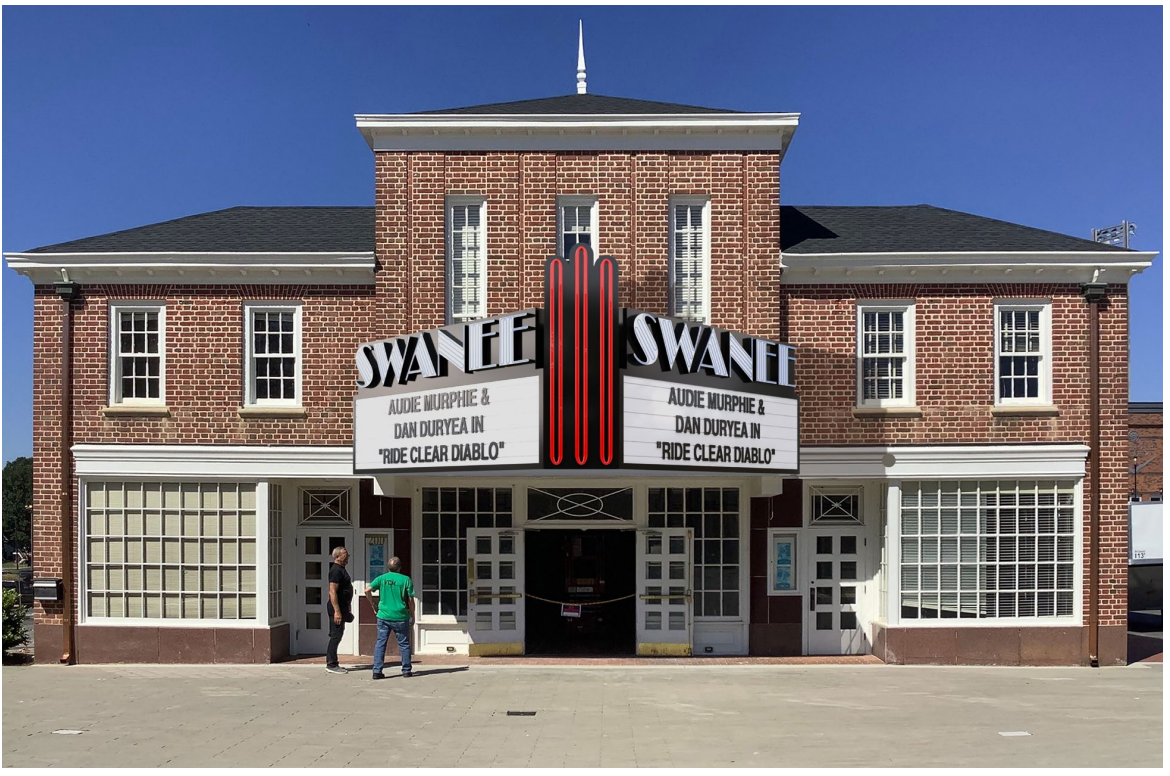Continuing our exploration of signage design for complex environments, we delve deeper into the strategies and innovative solutions that designers and sign companies can employ to overcome the unique challenges presented by such spaces. From architectural intricacies to dynamic user interactions, designing effective signage requires a combination of creativity, technical expertise, and a thorough understanding of user behavior. In this article, we’ll discuss key approaches and examples to inspire designers in their quest to create impactful signage solutions for complex environments.
Integration with Architectural Elements
One of the hallmarks of effective signage design in complex environments is seamless integration with architectural elements. By harmonizing signage with the surrounding structures and aesthetics, designers can create a cohesive visual experience that enhances the overall ambiance of the space. For instance, in a modern office building with sleek glass facades, signage made from transparent materials or minimalist designs can complement the architectural style while still providing necessary information. By considering materials, colors, and textures that resonate with the environment, designers can elevate signage from mere functional elements to integral components of the space’s design aesthetic.
Embracing Digital Signage and Interactive Technologies
In an era of digital innovation, incorporating digital signage and interactive technologies offers exciting opportunities to engage users and deliver dynamic content in complex environments. Digital displays, touchscreens, and augmented reality experiences can provide real-time information, wayfinding assistance, and immersive brand storytelling. For example, in a shopping mall, interactive directories with searchable maps and promotional content can enhance the shopping experience for visitors while also driving foot traffic to retailers. By leveraging the power of digital signage, designers can create memorable and interactive experiences that captivate audiences and differentiate their signage solutions in complex environments.
In conclusion, designing signage for complex environments requires a blend of creativity, technical expertise, and strategic thinking. By integrating with architectural elements, embracing digital signage, and prioritizing user experience, designers and sign companies can overcome challenges and create impactful signage solutions that enhance brand visibility and enrich the overall environment.





